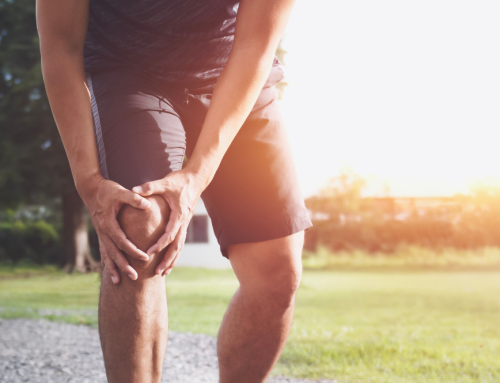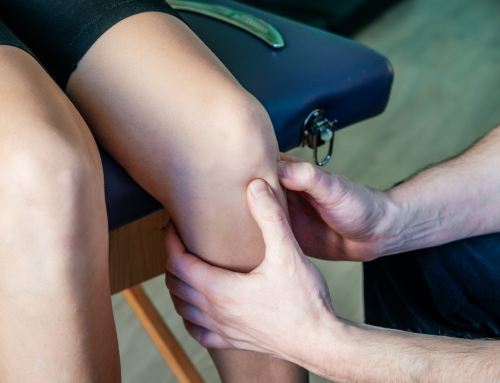
Running Form
Running Form and Running Myths
Through this article, you be able to perfect your running form. The first step is to realize, there is no perfect running form. We are all unique. Our bodies are different. Our form is different. Our brain utilizes movement in different ways. So in short, there is no perfect running form. There are principles that can work, and different techniques that may work, but again we’re all different. You’ll need to experiment. We naturally can get more efficient by running more. In my world, this also means less injury. I treat several runners that think pain is normal. Running isn’t bad for you, bad running is bad for you.
Pain isn’t normal, and is often times an indicator that something isn’t working properly. You shouldn’t feel beat up after your run. If you do, that can be a sign that technique improvement needs to happen. Also, realize you can not fix these issues overnight. Drills are ways to exaggerate a portion of the run that you’re trying to overemphasize, and can be helpful in correcting a fault.
Most importantly though, you need repetition. You’re trying to change things that your body has established as a “default.” So changing that requires being intentional and practicing over and over again. Remember, practice makes permanent, so if you’re practicing correctly that will change the pattern, but practicing incorrectly only reinforces the fault.
Foot Stride
This is one of the most debated topics. This is the “position” your foot lands in when it hits the ground while running. We can have a heel strike, mid foot strike, or fore foot strike. In general, most people suggest a mid-foot strike is ideal. This may be the best for most people, but again everyone is different. What this primarily does is transfer where force goes. Because of basic physics, we know the reaction forces with the ground, our body, and gravity will be the same. But foot positioning can change what structures absorb that force.
For instance, if I have a heel strike and my knee is extended, most force is transferred to your knee. With a mid foot or fore foot strike, more force is transferred to your ankle.
Because knees are typically a concern with runners, and most runners don’t do a great job of building strength around the structures of the knee, mid foot is a “happy medium.” In saying this, if you don’t have enough strength built around your ankle to absorb the forces of a mid foot strike, you may run into an overuse issue there, such as Achilles or tibialis posterior tendonitis or tendinosis.
Cadence
Running cadence is a tool that can tell you how many steps you take in one minute. Many people recommendations suggest a perfect cadence of 180 steps per minute. I look at cadence more of a tool or a guide that you can use to increase or decrease your pace than a standard. To suggest that everyone should be at the same cadence just won’t work. For instance, if you’re a runner that is 6’ 5” tall, you probably will have a higher stride length than a 4’5” runner.
If they both tried to run at 180, it would affect many other things that would not be good. Instead, we should use our cadence as an indicator. If I run a certain pace at a certain cadence, I can use the cadence as a tool to adjust my pace accordingly. Try to get a feel and average of what your cadence is with different types of numbers, so you know what “your” cadence is. Some people may be around 180, and some above or below.
Running is all you need to do
In running, more than any other sport, we use the sport as the only training. In saying this, I mean that most people run, and that’s all they do. You have to work on your weaknesses outside of running in order to correct those during running. If you only run, sometimes you can actually strengthen the compensations you have. It is good to step back and see where your flaws are, and try to address those individually. Overall strength is something often overlooked in the running world. Again, it is mainly about priority. Sometimes our running schedules are so strict and rigid, we think, how could I have any time to do more?
The benefits can seem hard to see in short term, but the more resilient your tissue is, the more force it is able to create and endure. The other part of this is building endurance. When we talk about running form, usually think about fixing it in the moment. We all know that as fatigue sets in, our body tends to compensate and change. This leads to sloppy movement and sloppy form, which in turn can create more issues. If we can build the endurance of our tissues to hold the good form and good position, we can hold the form throughout the duration of a run.
Control
Controlling your form is difficult to perform. The most common compensations I see are from lack of core utilization or lack of hip utilization. This translates to “sloppiness” when running.
If you feel a lot of movement in different planes, you’re not utilizing your core. For instance, if your torso rotates, your arms are crossing each other, or you feel a lot of “bounce” when running, you’re probably not engaging the core. Your core works as a powerful stabilizer, but also helps transfer force throughout your body. If you’re not utilizing it during the run, you are not distributing the force as efficiently as you should. Another fault that is common is a knee valgus. This again can be from weakness in the abductors of the hip. If when you’re striding, your hip drops on the same side of your stance leg, we call that a
Trendelenberg sign, which can indicate weakness. More importantly if your knee “caves in”, we call that knee valgus. Another sign of stability can be crossing over your legs while running. If you are rubbing your calves together, or if your foot crosses midline as you stride, this probably means that you’re crossing too much as you stride.
Basics
Head Positioning
-
Keep your head in a neutral position. Think of your head over your shoulders. Anterior head carriage unfortunately a normal part of our world! Work on keeping your head back.
Relax your Shoulders
-
Think of pulling your shoulders into your back pockets. Your shoulders and traps should be relaxed when running.
Arm Swing
-
When striding your arms, don’t let them cross midline. Your arms should “push and pull” straight ahead.
Hips
-
Your hips should be “underneath you” when running. Don’t stick your butt out and run with your hips behind you. Think of pulling your hips underneath you.
-
Don’t let your knee collapse in, or valgus, keep standing tall. If your knee caves in, it could be a sign of hip weakness.
Feet
-
Don’t cross over midline with your feet. If you imagine a straight line between your feet, keep your feet equal distance apart from the line. If your calves are rubbing together, you’re probably crossing midline!
-
Don’t overstride. Make sure when you’re landing, your knee is not locked out. A mid-foot strike is often recommended, but some of that depends on your pace. Remember, f your knee is over extended, more force goes to your knee. If your stride is too short, it puts more force into your ankle.
If you have any questions, we would love to help you at our office! Reach out at 864-881-2242!







